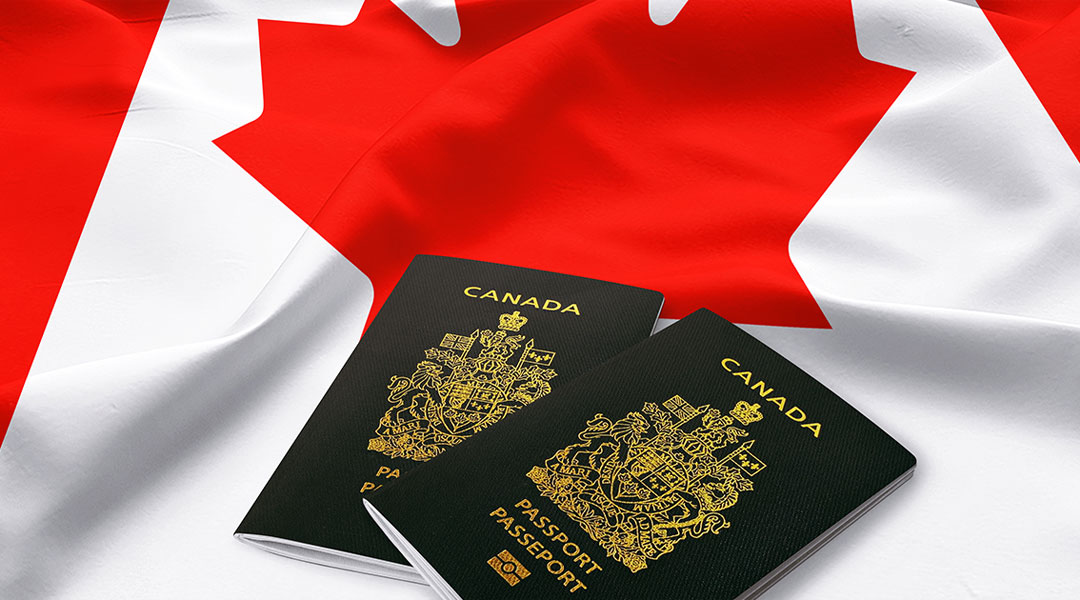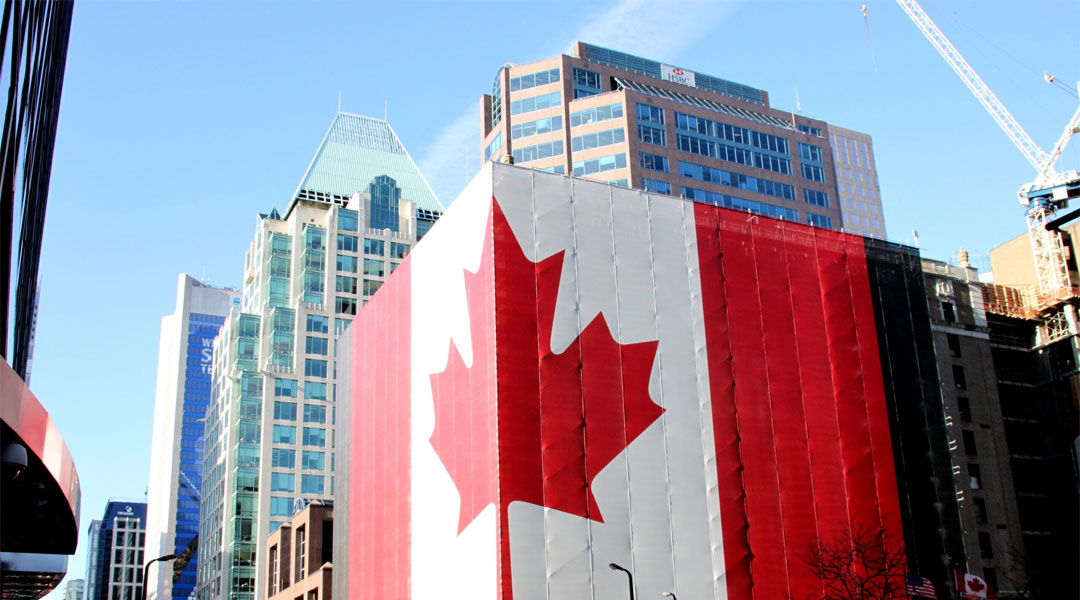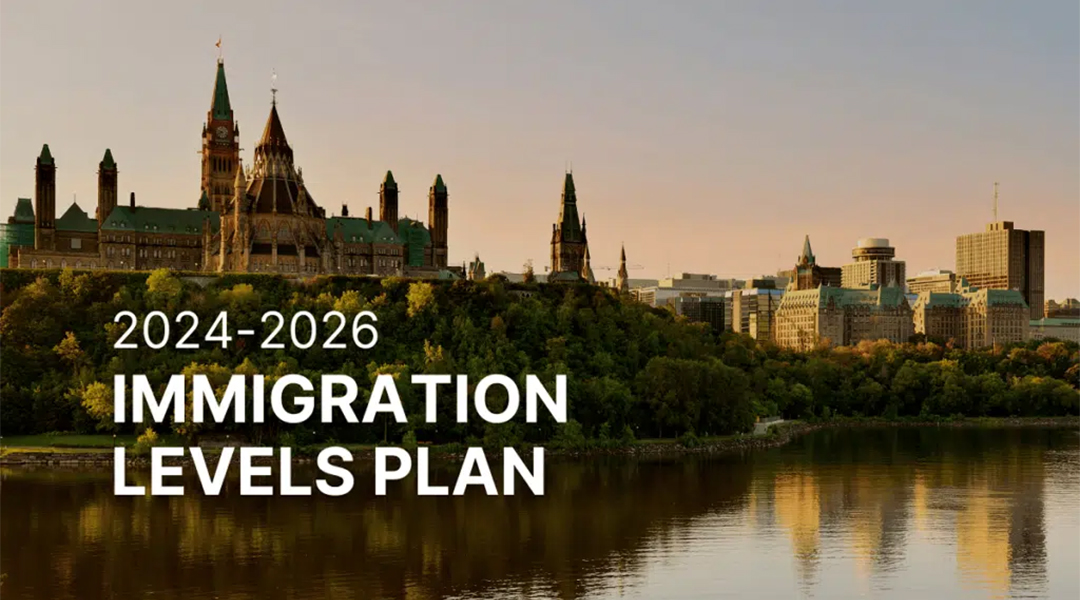Canada is focused on bringing in over 1.3 million people as permanent residents from across the globe. Canada aims for this accomplishment from 2023 to 2025. The below-mentioned facets will tell you how you can be one of the luckiest people to arrive and become a permanent resident in the country.
It is a truth that the Canadian immigration process is not an easy task for all. One must undergo numerous procedures, which might take months or even years. The glad news is that you can increase your chances of success with the immigration process and get inside Canada without waiting long. However, you must know the best immigration options to avoid delays and frustrations. So read further to know five easy ways to immigrate to Canada in 2023.
5 Easy Way To Immigrate To Canada in 2023
Get ready to move to Canada using the following five easy ways to immigrate to Canada in 2023.
1. The Express Entry Program
Express Entry program is known as one of the easiest and best Canadian immigration pathway programs that enable you to reside and work in Canada as a skilled worker. With the new system implemented in place, Citizenship and Immigration Canada or CIC is now able to assess proactively, select and recruit skilled immigrants or individuals who have got the required qualifications as mentioned under the three significant economic immigration programs mentioned below:
- The Federal Skilled Worker Program, or FSWP,
- Federal Skilled Trades Program, or FSTP,
- Canadian Experience Class, or CEC.
2. Family Class Sponsorship Program
Family reunification has always been one of the most significant cornerstones of Canadian immigration policies. Families residing in Canada can sponsor their close relatives to arrive in Canada. You have to be either a Canadian citizen or a permanent resident of Canada to become eligible to sponsor your relatives. Based on the Canadian Super Visa Category, you can sponsor your parents or grandparents and bring them to Canada.
3. Provincial Nominee Programs
Provincial Nominee Programs, or PNPs, are among the most preferred Canadian immigration pathways most people opt for when considering moving to Canada. Various popular provinces in Canada, such as Ontario, British Columbia, Alberta and others, have their separate immigration programs that can help you with the fast-tracking of the immigration procedures. Remember that the Provincial Nominee Programs immigration system will require you to live in certain provinces after arriving in Canada. You will also need a genuine job offer from your Canadian employer to qualify for the PNP program. Given below are some of the popular Canadian PNPs:
- Ontario Immigrant Nominee Program (OINP)
- British Columbia Provincial Nominee Program (BCPNP)
- Alberta Immigrant Nominee Program (AINP)
- Manitoba Provincial Nominee Program (MPNP)
- Quebec Skilled Workers Program (QSWP)
- Saskatchewan Immigrant Nominee Program (SINP)
4. LMIA Work Permits
Labour Market Impact Assessment, or LMIA, is a documentation process done by Employment and Social Development Canada or ESDC. The LMIA assesses the possible impacts of hiring a foreign national for work in Canada. The government will grant permission to Canadian employers to hire foreign nationals for work if they receive positive LMIA assessment reports on their behalf. The positive LMIAs are valid for up to a period of six months. The chances are favorable for LMIA work permit holders to eventually receive their permanent residence status in Canada.
5. Business Immigration Program
Canada is one of the most highly advanced countries and openly welcomes business investors to start a business venture there. The business immigration program is specifically designed to bring in more investors to the country and make them contribute to Canada’s economy. It is important to note that both federal and provincial governments in Canada are keen on welcoming potential business immigrants from all over and providing them with all the necessary facilities for starting a business and settling in Canada.
Additional Immigration Pathways
Besides those five easy ways to immigrate to Canada in 2023, a few other additional immigrations pathways can help you settle in Canada, as discussed below:
-
Atlantic Immigration Pilot Program or AIP
AIP is a Canadian immigration pathway program used to recruit newcomers in the country to specific Atlantic provinces such as New Brunswick, Prince Edward Island, Nova Scotia, Newfoundland and Labrador. These Atlantic provinces require immigrants with qualified work experience to fill the labour gaps in these regions.
-
Humanitarian & Compassionate Applications or H&Cs
H&C applications are used to file for permanent residence status from within Canada. This immigration application is helpful mainly for people who have already made Canada their home without legal residential status.
-
Refugee Claims
Individuals or refugees in Canada can claim asylum at a Canadian port of entry, inland Canadian Border Services Agency/ CBSA, or at an Immigration, Refugees, and Citizenship Canada/IRCC office. However, the refugees must be able to convince the visa officials why they cannot return to their respective home countries.
















